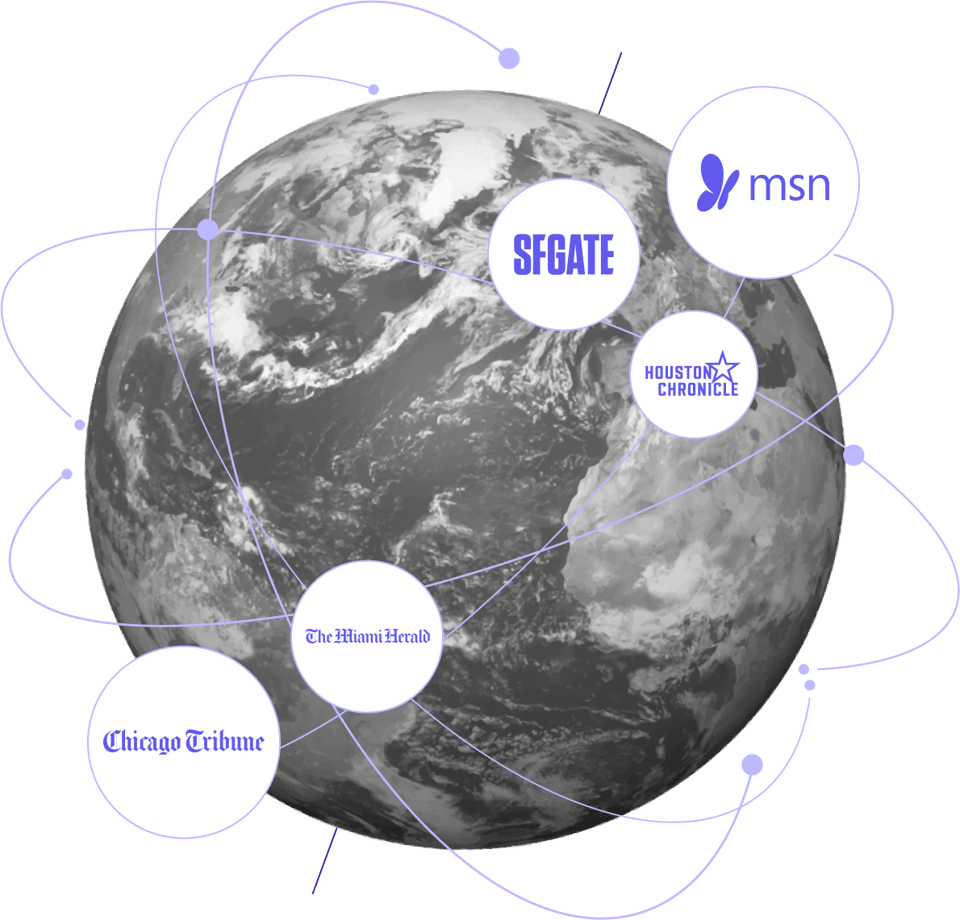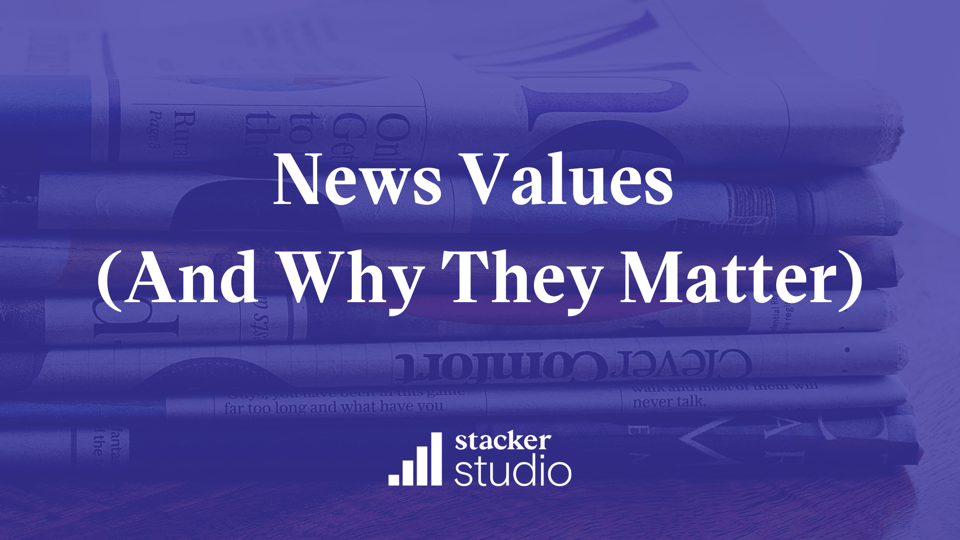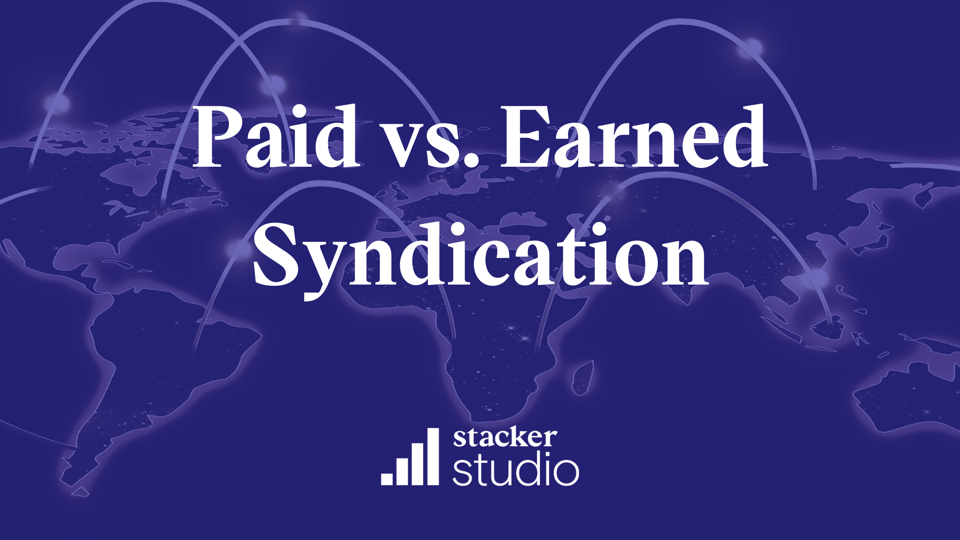Starting about ten years ago, with media splintering and traditional PR efforts floundering in the face of social media, many brands came to the same promising strategy in brand marketing: Rather than wait for publishers to give them the attention they sought, they would become publishers themselves.
The idea was simple: a brand could build a loyal audience by creating their own content, cutting out the media gatekeepers and telling their story straight to the public. They would hire former journalists, editors, and designers to create search optimized blog posts, infographics and videos to connect directly to the people who’s search behavior indicated they were interested in their product. Lots of companies did it: American Express created Open Forum for their B2B, Marriott built out a large team to create videos and travel stories, the mattress company Casper joined Red Bull and Outdoor Voices in publishing print magazines.
Every brand wanted to be a media company. And every brand was told that the future of marketing was owned media. And they were onto something, at least partially.
For some brands it worked wonders. Red Bull, for example, which was always a content company that happened to sell a caffeine packed energy drink, filled a void in extreme sports, music and entertainment and never looked back. NerdWallet hired their content leader away from CNN and built an entire team around her - and over the next 10 years became the personal finance behemoth they are today, largely on the back of content. But for most brands, it wasn’t so simple. Throughout the 2010’s, countless brands built out - and then closed down - brand content efforts.
Today, brand publishing is seeing a renaissance, with a new wave of marketers learning from the mistakes of their predecessors. It’s fascinating to think about what’s different this time around. Here are a few insights on why content didn’t often live up to its early promise - and how today’s leaders are getting it right.
Discoverability Was an Afterthought
If a well-reported, highly relevant story is published on the internet, does it have an impact if no one knows it’s there? No. Unlike the tree falling in the forest, we know for sure that amazing content will not matter if it isn’t read by the right people. And yet, brands routinely invest time and resources crafting great stories without giving much thought as to how to attract the right audience. Too often, they took a Field of Dreams approach, assuming that if they built it, they would come. They often did not. Brands were wholly reliant on ranking well on Google’s famously shifting, mercurial algorithm or on the hope that their devoted fans would share their content on social media, forgetting that it was created specifically to be shared on social media.
They were creating the right content, but all but forgot about distribution.
These days, many companies investing in great media understand how crucial distribution is to the success of their content. They know they have to invest in distribution to get it in front of the right audience, whether it’s through PR, newsletters, earned syndication, partnerships, etc. There are a lot of options, each of which could make sense depending on budget, industry, customer, goals, etc. - but at the end of the day, you cannot take distribution for granted.
Brands Were Looking at ROI Wrong
If you were lucky to attract an audience to the stories your content team was producing, you still had to assess what kind of impact they had on your business. Often, a lead will encounter and engage in a company’s content but not officially enter the customer journey until much later, and in no small part because of that early positive interaction with the content. What many marketers - or rather, executives funding marketing budgets - didn’t understand at the time was that the value of great brand editorial shouldn’t always be measured through the lens of traditional performance marketing.
Fortunately, by now marketers have gathered enough data to understand the impact brand authority has on their bottom line. As demonstrated in various studies around the Familiarity Effect, buyers are exponentially more likely to purchase a product they’re already familiar with. Marketers are wising up to the fact that, even though it’s hard to measure, the authority and exposure that brand publishing drives improves efficiency up and down the entire marketing funnel.
In reality, brand publishing is the grease that makes marketing funnels more efficient - before your performance marketing goes in for the close.
Context Still Matters
Encountering a piece of content on the Onion isn’t the same as encountering a piece of content on the Wall Street Journal, and reading a “how-to” article on your local news outlet is different than interacting with the same article on your brand’s website, with its various click to buy opportunities and sales pitches. Engagement is easier and deeper when you’re on a site that’s both familiar to you and one that you went to deliberately rather than through a search led excursion.
That is something brands learned the hard way when they started using their own channels to share content. Readers couldn’t help but have an inherent bias before reading a single word from an article written on a brand’s website or LinkedIn account. And that bias hindered the success of most content strategies, no matter how genuine. Today, brands know that it is best to collaborate with the publishers their audience loves, rather than try to compete with them.
Outsized Budgets Demand Outsized Results
So many of the early brands to invest in content went all in, without really testing the waters. They invested heavily, building huge newsrooms, expensive video production studios, and even launching their own print publications. Sure enough, these outsized investments yielded the expectation of outsized results; and those results never came, or at least not fast enough.
Today, the smartest marketers have stopped strategizing their content the way they do their advertising. They understand it’s a chess game rather than Monopoly. It’s not about spraying brand propaganda and praying people buy your products; it’s about thoughtfully reaching the right audience with the right stories. They start slow, experiment, learn from their mistakes, then expand on what’s performing the best and deliver a sticky audience that turns into loyal customers.
So What Now
There are 100 ways to do brand publishing, and the same path doesn’t make sense for all companies. From content strategy to distribution options to deciding if you are focused on driving SEO value, brand exposure or affiliate marketing - there’s truly no one size fits all. But when you look at the greats, from Zillow to Red Bull, NerdWallet, and many more in between, there are some through-lines. Great distribution. Understanding the value they were looking for. Starting small.
There is phenomenal content coming out of companies not traditionally seen as “media companies,” and I am a strong believer that some of the best content over the next 10 years can and will be funded by marketing budgets. But to thrive, marketers can learn from the mistakes of the first adopters. I’m excited to see what’s next.
Featured Image Credit: Roman Samborskyi - Shutterstock





.jpg?width=1657&height=1000&name=Nav-Our%20Results(1).jpg)




